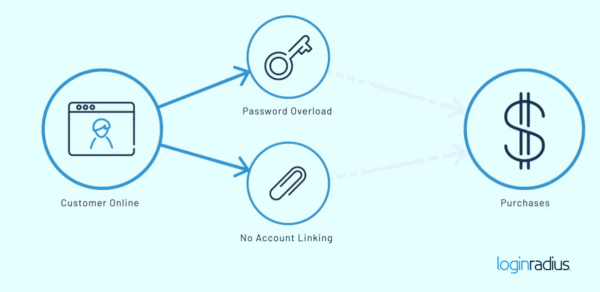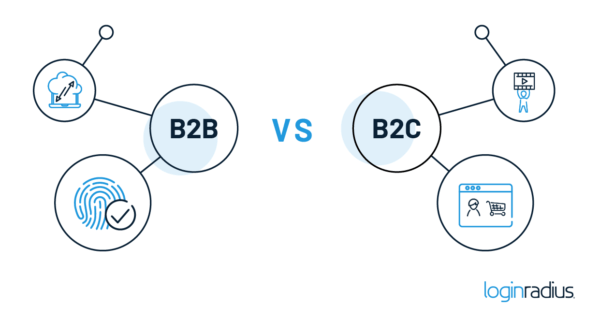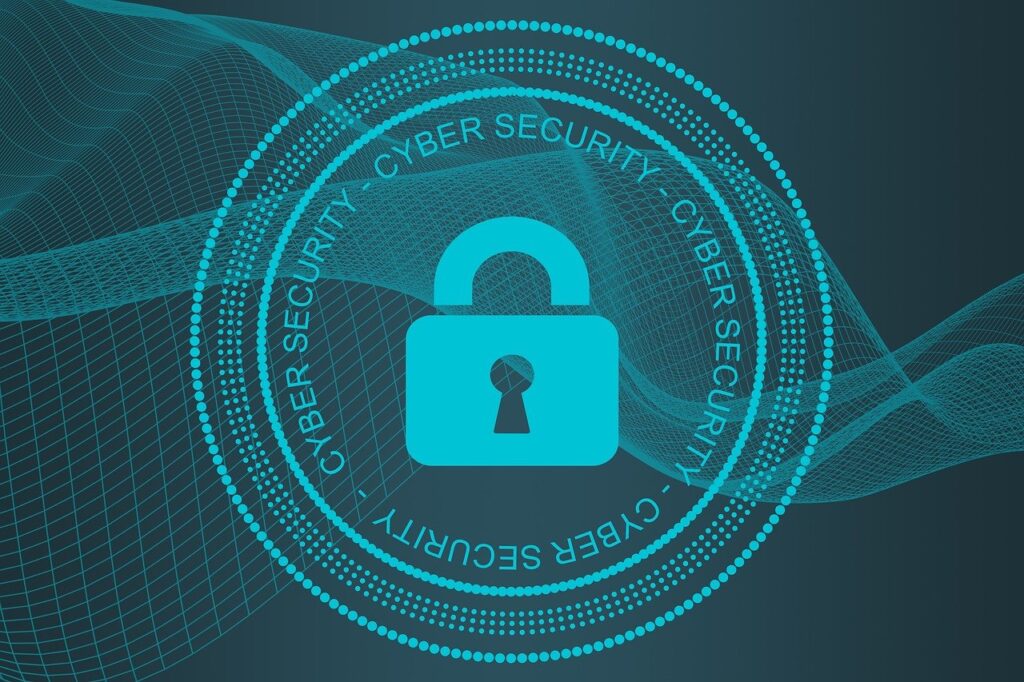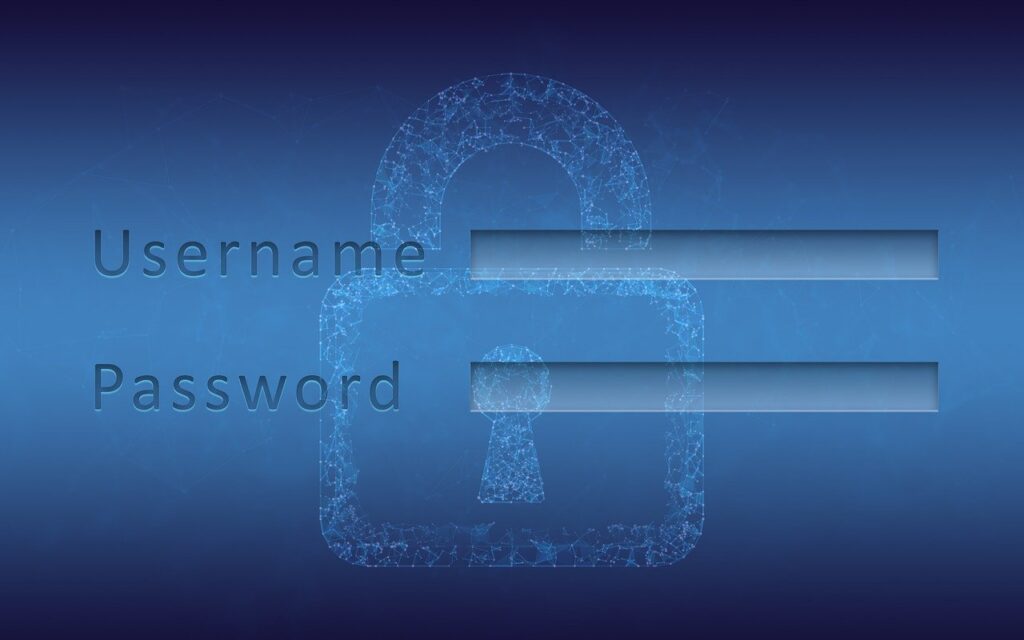Customer Experience: Expectations and Outcomes
To succeed in today’s evolving digital ecosystem, enterprises must meet the global demand for a personalized customer experience (CX) while maintaining security, privacy, and convenience. In fact, marketing leaders are nearly unanimous about this.
A recent survey by Gartner found that 81% of CX leaders will be competing based on consumer demands for an improved and enhanced digital experience.
Why is that so important? According to Dimension Data’s 2019 Global Customer Experience Benchmarking Report, 87.2% of organizations find that customer loyalty is linked to commercial success.
In Dimension Data’s report, the benefits of CX are clear:
- Increased customer loyalty (92%)
- Boosted revenue (84%)
- Reduced costs (79%)
Numbers don’t lie. To compete and deliver superior customer engagement, you need a scalable, compliant customer identity management solution. Here are five steps to get you there.
Step 1: Analyze your needs—IAM, CIAM, B2B, B2C
In order to determine which identity management solution is right for your enterprise, let’s briefly compare IAM software (identity and access management) with CIAM (customer identity and access management).
IAM is a closed ecosystem for employees only
Traditional identity management software supports a closed ecosystem where your IT staff will manage various employee user roles and accounts. The main goal of this system is to protect enterprise data, manage internal access, and comply with government regulations.
CIAM supports omnichannel customer accounts
By contrast, a customer identity management solution supports public-facing apps and devices where billions of consumers may create omnichannel user accounts.
Takeaway: Both solutions share SSO and multi-factor authentication features. Yet, only CIAM is a customer IAM solution, equipped to meet customer demands for single sign-on, secure multi-factor authentication, personalized communications, and a seamless omnichannel customer experience.
CIAM optimizes customer data from multiple profiles
When choosing a customer identity management solution, you’ll want a platform that provides aggregated customer data—with downloadable charts.
A robust CIAM platform will help you see and understand:
- Customer growth
- Login distribution
- ID provider distribution
- Region, gender, age
Understanding your customers allows you to personalize their customer experience (CX). Yet, according to analysts at Digital Data, only 48% (of organizations) had customer analytic systems. That’s why better customer data is vital to putting you ahead of your competition.
“The universal need for optimized customer experience (CX) is behind every feature of customer identity and access management (CIAM).”
The CIAM advantage: Why your competitors already have it
One of the most common customer data issues is trapped data or lack of data analysis.
That’s why eliminating data silos is a big concern for enterprises. In fact, a study by SAP Hybris and the CMO Council listed organizational silos as an obstacle to data utilization and customer insights.
Here how CIAM solves that issue, and more:
- Streamlines login for better conversion rates
- Simplifies authentication for longer engagement
- Integrates multiple digital properties and touchpoints
- Improves customer data protection and security
- Meets privacy and consent regulations (current and future)
- Minimizes network downtime and related costs
- Unifies customer data and connects to social networks

Whether your market is B2B or B2C, a robust customer identity management solution is vital for converting and retaining customers throughout their lifecycle.
As demonstrated in a survey by Accenture Interactive, 91% of consumers said that they prefer brands that offer personalized, relevant marketing. Likewise, 83% said that they’d share their data in return for a more customized experience.
However, incomplete or inaccurate data can backfire. An article in inc.com shared a survey of USA and UK consumers, where over 50% said they’d consider switching brands if they received incorrect or irrelevant messages.
Takeaway: To gain an advantage over your competitors, you’ll need a cloud-based customer IAM solution that centralizes each customer’s expansive data from the various channels that they use—into a unified customer profile. Only then can you tap into each customer’s needs and give them an exceptional customer experience.
So, how do you acquire accurate and valuable customer insights while adhering to global privacy regulations? We’ll address that in Step 2.
Step 2: Assess your ROI
For personalized marketing that resonates with customers, you must gain deeper insights about them, while adhering to privacy regulations. Consensual data gathering, via progressive profiling, helps you achieve this. Here’s how it works.
In technical terms, progressive profiling allows you to designate specific questions for particular leads, based on what you learn about them.
With progressive profiling, you can set up dynamic form fields with automated features that request data from customers at various stages of their life cycle.
From the customer’s point of view, this gradual approach appears more trustworthy. As a result, you can foster long-lasting brand loyalty while gaining valuable marketing insights.
Since acquiring customers costs 5 times more than keeping them, progressive profiling is a strategy that gives an excellent return on your investment. That’s why it’s a vital step when choosing a CIAM solution for your enterprise.
Using CIAM can reduce costs
Another benefit of customer identity management software is lower costs. When choosing a CIAM solution, look for one that’s “turnkey” with easy deployment. If you choose an out-of-the-box CIAM solution, you can reduce engineering costs, due to easy deployment and a knowledgeable customer success team.
Are you afraid that an out-of-the-box CIAM solution will “box in” your engineers? Then you’ll want a customer identity platform that’s agnostic with any system and completely customizable.
Takeaway: For ease of implementation and versatility, choose a CIAM solution that provides out-of-the-box solutions and a comprehensive SDK library for all major programming languages, including HTML5, ASP.Net, Node.js, Java, PHP, and more.
Step 3: Determine what you need from a CIAM solution
Now that you understand what issues CIAM solves, including how it can improve your ROI, let’s delve into the benefits of real-time, two-way data syncing.
The value of seamless real-time integration
With CIAM, real-time customer identity management and optimization can be leveraged to build customer loyalty and membership programs. A CIAM solution can help you create target-marketing campaigns based on accurate and unified customer data. What’s more, a cloud-based customer identity platform can scale up as your prospects, customers, website users, or members grow.

Common third-party integrations for enterprises include:
- Analytics: Google Analytics, Adobe Analytics, Mixpanel, Webtrends
- Content Management (CMS): WordPress, Microsoft Sharepoint, Drupal
- Customer Relationship Management (CRM): Salesforce, Microsoft Dynamics, Zoho, InfusionSoft, Hubspot
- Internal IAM: Amazon AWS IAM, IBM Identity, OneLogin, Microsoft Azure
- Marketing: MailChimp, Mandrill, Hubspot, Braze, SAP Hybris
- Security and Fraud: Touch ID, Google Authenticator, SMS Gateway, Face ID
Takeaway: Choose a customer IAM solution that automatically syncs real-time data into third-party tools, such as marketing automation, CRM, or BI platforms. This way, you can combine the power of your existing tools with your CIAM solution.
Step 4: Choose a CIAM vendor with established partners
When choosing a CIAM vendor, look for partnerships from names you trust. For instance, some of the leading CIAM providers today received funding from software giants or have partnered with state-of-art security firms.
Takeaway: The importance of solid partnerships goes well beyond validation. Partnerships allow a combination of technology, ideas, and innovation at faster rates than one could achieve on one’s own.
Now, for the final step when choosing an identity management solution.
Step 5: Read current reports and endorsements
Checking how experts rank each CIAM provider is an important last step. A quick online search should produce opinions from industry experts in the CIAM space.
Some of the resources you can check include KuppingerCole’s 2018 CIAM Leadership Compass Report, which lists the top vendors for CIAM software. Also, review sites like g2crowd provide comparisons between top CIAM vendors’ services and features.
Takeaway: You’ll feel more confident choosing a CIAM solution for your business if industry experts rank it highly.
Now that you’ve learned what CIAM can do, you’re one step closer to choosing the best customer identity management solution for your enterprise. I hope this article was helpful in leading you there.



